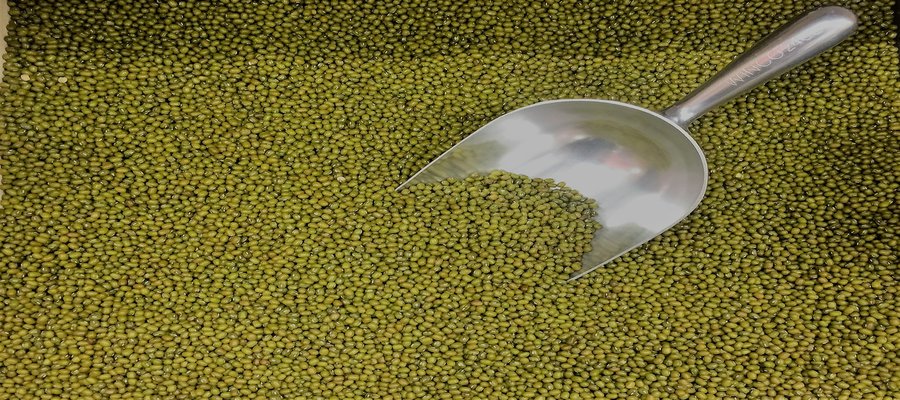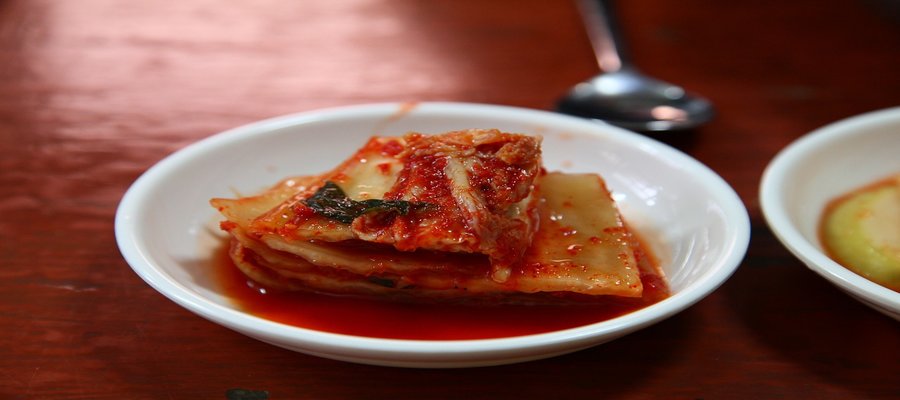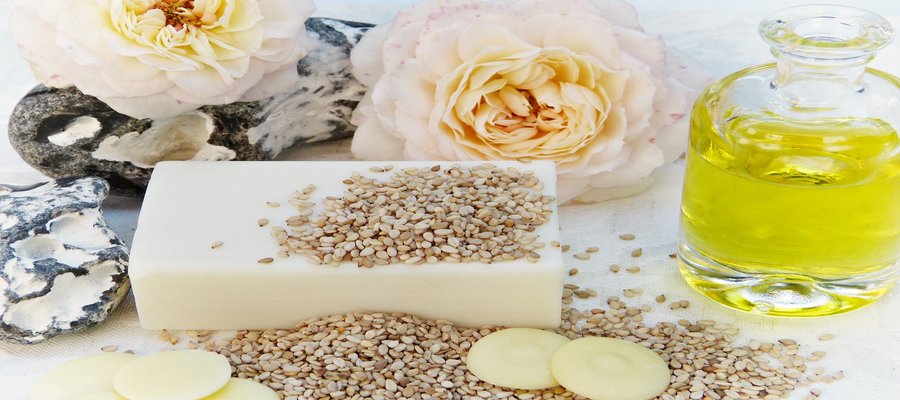Mung beans is a versatile legume that can go into sweet or savory meals. It is perhaps the best way to get your protein fix. Also known as green grams (Vigna radiata), this protein-packed legume was native to India and spread to the Orient. It's notable that the traditional Indian diet is primarily vegetarian so it serves as a suitable source of protein. There are many ways to prepare these beans, each with a specific methodology and benefit to it. Sprouting, although uncommon is the best way to get the most beneficial effects of the mung beans. Some people prefer to boil till it gets soft, then cook them in a mixture of other vegetables or using them in a curry.
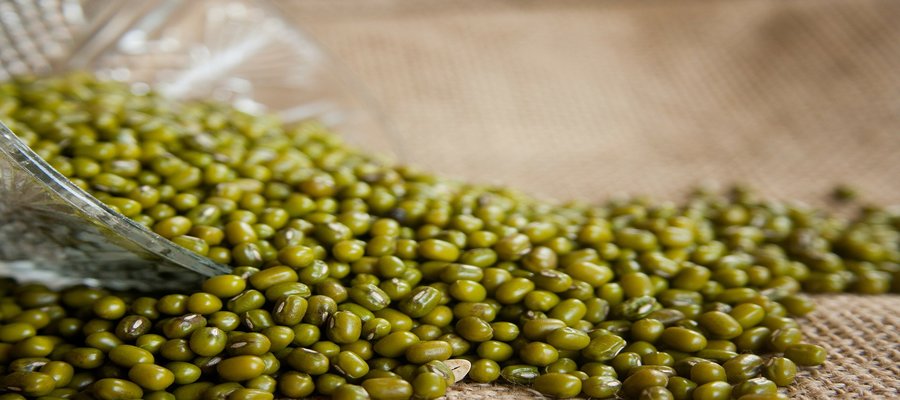
Source: Pixabay.com
Mung beans have a variety of health benefits that complement it's already more than filling nature. They are rich in protein with 100 grams constituting of 40 percent protein. This makes it one of the best plant-based proteins. They have 40 percent of the recommended daily intake of folic acid. Its high potassium, fiber and magnesium content makes it a good way to fight blood pressure and lower bad cholesterol. More so, the fiber and resistant starch in mung beans make it easier for your body to digest this superfood. The presence of folic acid makes this a meal well suited for expectant mothers. It satisfies both their taste buds and the baby's overall well-being. If you're interested in learning how to prepare mung beans, here the recipes;
Recipes
Sprouted Mung beans
Most people are scared to sprout mung beans because it takes about a day to do so. However, this is the best way to make it more readily available for your body to utilize. Typically most seeds and grains have phytic acid to protect the nutrients from damage which impairs how well your body can use them. To sprout mung beans, soak them for half a day. Then drain the water and cover with a damp towel for another half day. They'll sprout and be ready for the pan.
Ingredients (Serves 2)
Preparation time (1 day for soaking, 30 minutes for cooking)
- 1 cup Mung beans
- 1 cup vegetable stock (waterworks as well)
- 6 cloves of garlic
- 1 large onion
- 3 diced tomatoes
- Half a teaspoon of cumin
- A teaspoon of curry powder
- Half a teaspoon of salt
- Half a cup of Coconut milk
- Coriander leaves and stalks
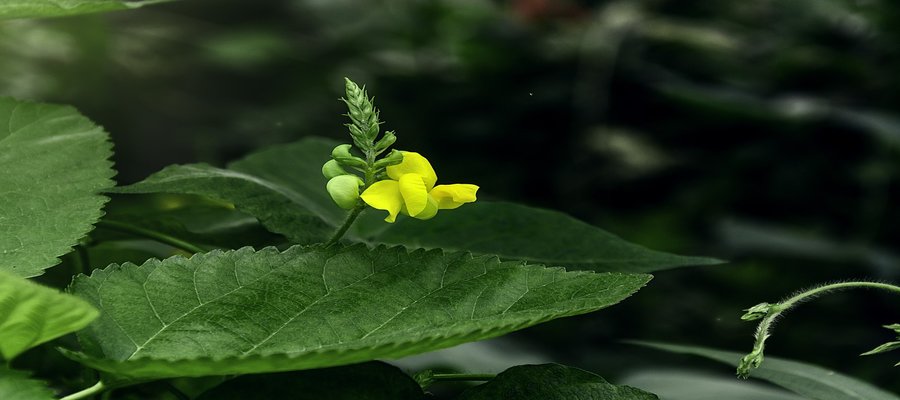
Source: Pixabay.com
Method
Fry the onions and garlic in a pan until it is golden brown. While gradually adding the cumin, cut up coriander stalks and diced tomatoes. Once the tomatoes breakdown evenly, add the curry powder and salt followed by the sprouted mung beans. Then simmer for 10 minutes. Add the coconut milk and vegetable stock. Then bring it to a boil and let it simmer on low heat for 20 minutes then serve. Mung beans usually pair well with a rice dish and a side of steamed vegetables. Mung beans have been a favorite in many homes over the years, with their versatility. They can be prepared in a variety of ways and incorporated into almost any dish. Mung beans are a sure-fire way to get your fill and your nutrients.
